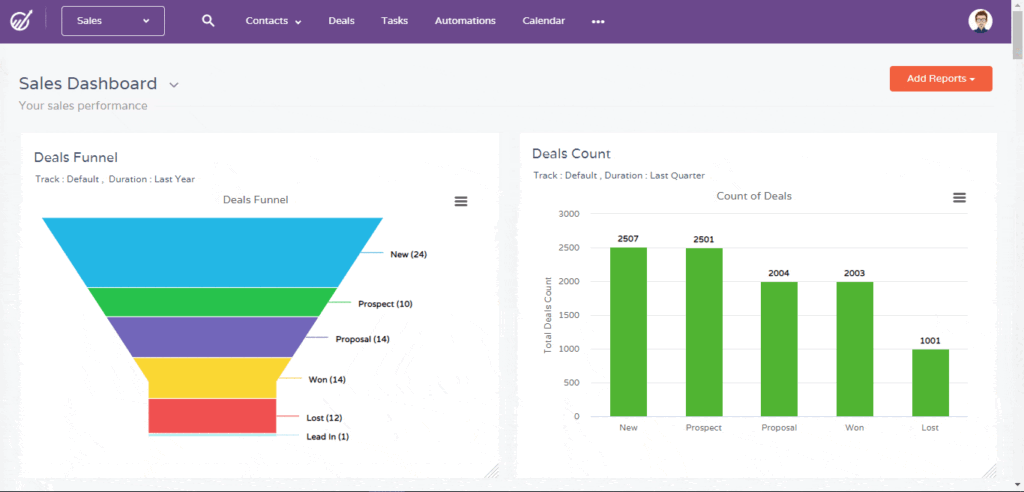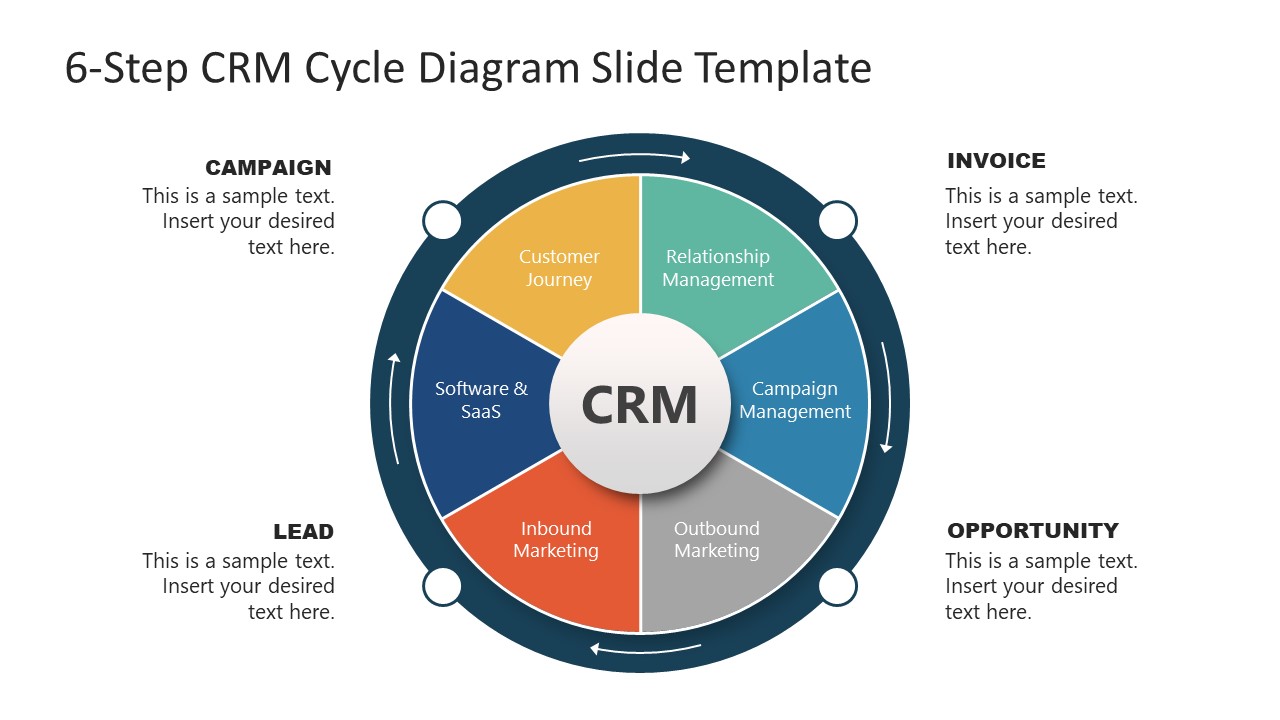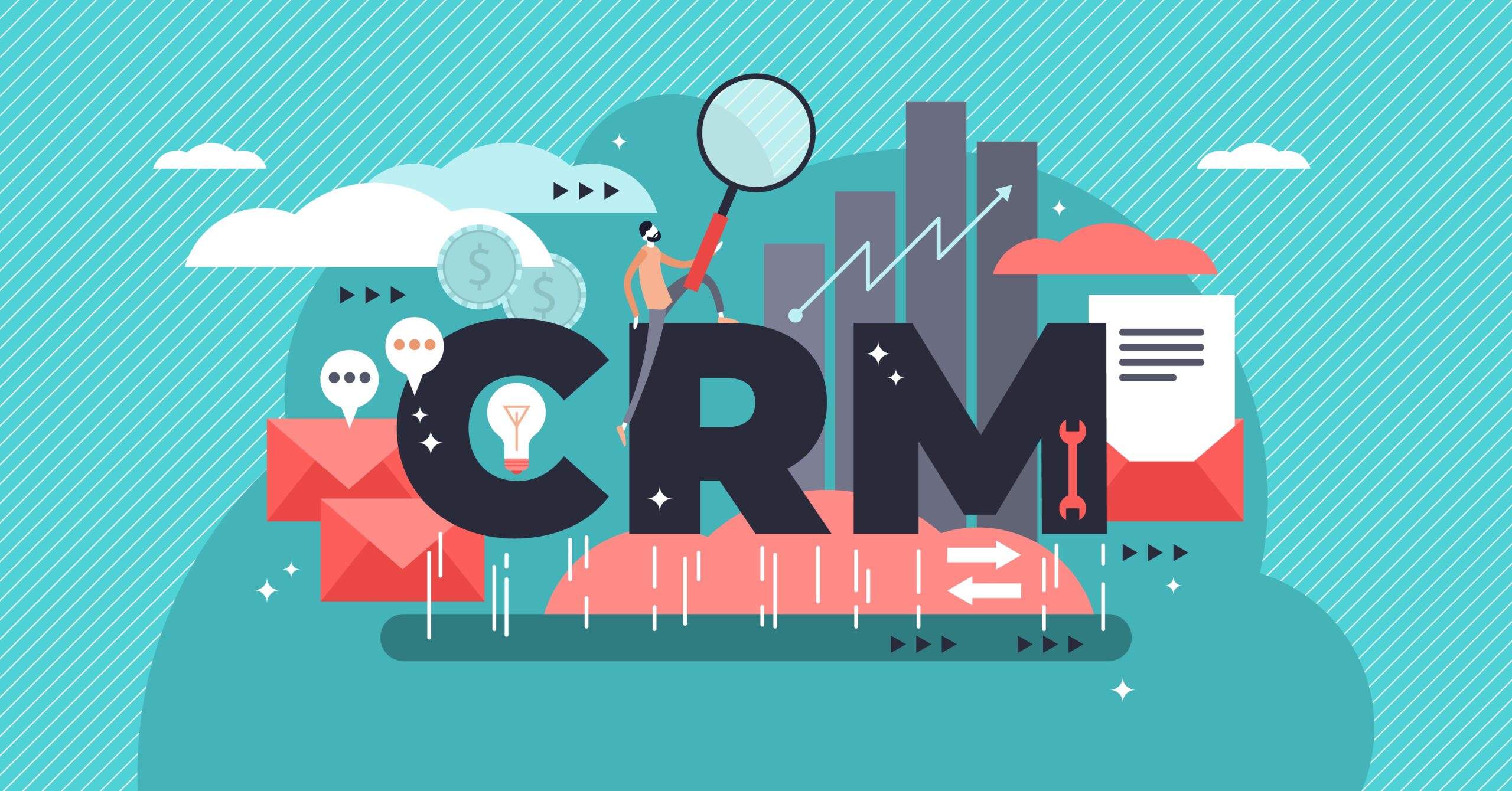Unlocking Growth: Mastering CRM, Referral Marketing Systems, and Exponential Business Expansion

Unlocking Growth: Mastering CRM, Referral Marketing Systems, and Exponential Business Expansion
In today’s fiercely competitive business landscape, simply having a great product or service isn’t enough. You need a strategic approach that nurtures customer relationships, leverages the power of word-of-mouth, and systematically drives growth. This is where the synergy of Customer Relationship Management (CRM) systems and referral marketing systems comes into play. This comprehensive guide dives deep into how these two powerful tools can revolutionize your business, leading to exponential expansion and sustainable success.
Understanding the Foundations: CRM and Referral Marketing
What is CRM?
At its core, CRM is a technology or system that helps businesses manage and analyze customer interactions and data throughout the customer lifecycle. Think of it as the central nervous system of your customer relations. It allows you to:
- Centralize Customer Data: Store all customer information – contact details, purchase history, communication logs, and more – in one accessible location.
- Improve Customer Interactions: Provide personalized experiences, respond promptly to inquiries, and anticipate customer needs.
- Streamline Sales and Marketing: Automate tasks, track leads, and measure the effectiveness of your campaigns.
- Boost Customer Loyalty: Build stronger relationships and increase customer retention rates.
A well-implemented CRM system provides a 360-degree view of your customers, empowering you to make informed decisions and tailor your strategies for maximum impact.
What is Referral Marketing?
Referral marketing is the practice of encouraging existing customers to recommend your products or services to their network. It’s built on the fundamental principle that people trust recommendations from friends, family, and colleagues more than traditional advertising. Referral marketing is a cost-effective and highly effective way to acquire new customers. Key components include:
- Referral Programs: Structured initiatives that incentivize customers to refer new business.
- Tracking and Attribution: Systems to monitor referrals, identify successful referrers, and measure the return on investment.
- Rewards and Incentives: Offering rewards to both the referrer and the referred customer, such as discounts, free products, or exclusive access.
Referral marketing taps into the power of social proof and builds trust, leading to higher conversion rates and increased customer lifetime value.
The Power of Synergy: CRM and Referral Marketing Working Together
While CRM and referral marketing are powerful tools individually, their combined potential is truly transformative. When integrated effectively, they create a virtuous cycle of growth, driving customer acquisition, retention, and advocacy. Here’s how they work in tandem:
CRM as the Engine for Referral Marketing
Your CRM system is the perfect platform to manage and optimize your referral marketing efforts. It provides the data and tools you need to:
- Identify Ideal Referrers: Analyze customer data to pinpoint your most loyal, engaged, and satisfied customers – those most likely to refer others.
- Segment Your Audience: Tailor your referral programs to different customer segments based on their behavior, demographics, or purchase history.
- Automate Referral Processes: Use your CRM to automatically send referral invitations, track referrals, and distribute rewards.
- Personalize Referral Experiences: Craft personalized referral messages and offers based on individual customer preferences and past interactions.
- Measure and Analyze Results: Track key metrics such as referral rates, conversion rates, and customer lifetime value to optimize your referral programs.
Referral Marketing Fuels CRM Growth
Referral marketing provides a steady stream of qualified leads that can be nurtured within your CRM system. It boosts your CRM database and enhances your ability to:
- Acquire New Customers: Referral marketing expands your reach and introduces your products or services to a wider audience.
- Improve Lead Quality: Referrals often come from people who are already predisposed to be interested in your offerings, resulting in higher conversion rates.
- Increase Customer Lifetime Value: Referred customers tend to be more loyal and have a higher lifetime value than those acquired through other channels.
- Reduce Customer Acquisition Costs: Referral marketing is typically more cost-effective than traditional advertising.
- Enhance Brand Advocacy: Referral programs foster a community of brand advocates who actively promote your business.
Implementing a Successful CRM-Powered Referral Marketing System: A Step-by-Step Guide
Building a successful integrated system requires careful planning and execution. Here’s a step-by-step guide to help you get started:
1. Choose the Right CRM System
Select a CRM system that aligns with your business needs and goals. Consider factors such as:
- Scalability: Choose a system that can grow with your business.
- Integration Capabilities: Ensure the CRM integrates seamlessly with other tools you use, such as marketing automation platforms and email marketing services.
- User-Friendliness: Select a system that is easy for your team to learn and use.
- Reporting and Analytics: Look for a CRM that provides robust reporting and analytics capabilities to track your performance.
- Referral Marketing Features: Some CRM systems offer built-in referral marketing functionalities or integrate with dedicated referral marketing platforms.
Popular CRM systems include Salesforce, HubSpot, Zoho CRM, and Pipedrive. Research and compare different options to find the best fit for your business.
2. Define Your Referral Program Goals and Objectives
Before launching your referral program, clearly define your goals and objectives. What do you want to achieve?
- Increase Customer Acquisition: Set a target for the number of new customers you want to acquire through referrals.
- Boost Sales Revenue: Determine the desired increase in sales revenue generated by referrals.
- Improve Customer Retention: Aim to increase customer retention rates through referral marketing.
- Enhance Brand Awareness: Define how you will measure the impact on brand awareness.
Having clear goals will help you measure the success of your program and make adjustments as needed.
3. Identify Your Ideal Referrers
Use your CRM data to identify your most valuable customers – those who are most likely to refer others. Look for customers who:
- Are Highly Satisfied: Analyze customer satisfaction surveys and feedback.
- Have High Lifetime Value: Identify customers who have made multiple purchases or have a high average order value.
- Are Engaged with Your Brand: Look for customers who interact with your social media channels, open your emails, and participate in your events.
- Are Vocal Advocates: Identify customers who have already recommended your products or services to others.
Segmenting your audience allows you to tailor your referral program to different customer groups.
4. Design Your Referral Program
Create a referral program that is appealing to both referrers and referred customers. Consider the following elements:
- Incentives: Offer rewards that are valuable and relevant to your target audience. Popular options include discounts, free products, gift cards, exclusive access, and cash bonuses.
- Referral Process: Make it easy for customers to refer others. Provide a simple and intuitive referral process, such as a unique referral link or a pre-written email template.
- Tracking and Attribution: Implement a system to track referrals and attribute them to the correct referrers. Use unique referral codes or tracking links.
- Program Rules: Clearly define the terms and conditions of your referral program, including eligibility requirements, reward details, and expiration dates.
- Branding: Ensure your referral program aligns with your brand identity and messaging.
5. Integrate Your CRM and Referral Marketing System
Connect your CRM system with your referral marketing platform or integrate the referral features within your CRM. This integration enables you to:
- Automate Referral Invitations: Automatically send referral invitations to your ideal referrers through email, SMS, or in-app messaging.
- Track Referrals: Monitor the status of each referral, from the invitation to the completion of the referral.
- Distribute Rewards: Automatically issue rewards to referrers and referred customers.
- Personalize Communication: Tailor your referral messages and offers based on individual customer preferences and past interactions.
Proper integration is crucial for streamlining your referral program and maximizing its effectiveness.
6. Launch and Promote Your Referral Program
Once your program is set up, launch it and promote it to your target audience. Use a multi-channel approach to reach your customers:
- Email Marketing: Send email announcements to your existing customer base.
- Website Promotion: Add a dedicated referral page to your website.
- Social Media Promotion: Share your referral program on your social media channels.
- In-App Promotion: Promote your referral program within your app or software.
- Customer Service: Train your customer service team to promote the referral program during customer interactions.
Make it easy for your customers to participate in your referral program.
7. Track, Analyze, and Optimize
Continuously monitor the performance of your referral program and make adjustments as needed. Track key metrics such as:
- Referral Rate: The percentage of customers who make referrals.
- Conversion Rate: The percentage of referred customers who make a purchase.
- Cost Per Acquisition (CPA): The cost of acquiring a new customer through referrals.
- Customer Lifetime Value (CLTV): The lifetime value of customers acquired through referrals.
- Return on Investment (ROI): The overall return on investment of your referral program.
Analyze your data to identify what’s working and what’s not. Experiment with different incentives, referral processes, and messaging to optimize your program for maximum results.
Best Practices for CRM-Powered Referral Marketing
To maximize the effectiveness of your integrated CRM and referral marketing system, consider these best practices:
- Keep it Simple: Make your referral program easy to understand and participate in.
- Offer Valuable Incentives: Provide rewards that are attractive and relevant to your target audience.
- Personalize Your Communication: Tailor your referral messages and offers to individual customer preferences.
- Automate Your Processes: Use your CRM to automate referral invitations, tracking, and reward distribution.
- Provide Excellent Customer Service: Ensure your customers have a positive experience with your brand.
- Regularly Communicate with Referrers: Keep referrers informed about the progress of their referrals and the status of their rewards.
- Test and Iterate: Continuously test and refine your referral program to optimize its performance.
- Comply with Regulations: Ensure your referral program complies with all applicable laws and regulations.
- Track and Measure Everything: Use data to drive your decisions, and measure the impact of your program.
Examples of Successful CRM-Powered Referral Marketing Programs
Many businesses have successfully leveraged the power of CRM and referral marketing to achieve remarkable results. Here are a few examples:
Dropbox
Dropbox famously used a referral program to fuel its rapid growth. They offered free storage space to both the referrer and the referred customer, which incentivized users to invite their friends and colleagues. This strategy drove significant user acquisition and helped Dropbox become a global leader in cloud storage.
Airbnb
Airbnb’s referral program rewarded both the referrer and the referred customer with travel credits. This encouraged existing users to invite their friends to book accommodations through Airbnb. The program was integrated with their platform and user data, making it seamless and efficient.
Tesla
Tesla has used a referral program to promote its electric vehicles. Referrers and referred customers received various rewards, such as free Supercharging credits, access to exclusive events, and even discounts on future purchases. This helped Tesla generate buzz and drive sales, especially in the early days of its EV market presence.
HubSpot
HubSpot, a leading CRM and marketing automation platform, offers a referral program that rewards referrers with discounts on their HubSpot subscriptions. This incentivizes existing customers to recommend HubSpot to other businesses, driving customer acquisition and helping HubSpot expand its customer base. They leverage their own CRM to manage the entire program.
The Future of CRM and Referral Marketing
The integration of CRM and referral marketing is poised to become even more critical in the future. As technology advances, we can expect to see:
- Increased Personalization: AI-powered CRM systems will enable even more personalized referral experiences.
- Advanced Analytics: More sophisticated analytics will provide deeper insights into referral program performance.
- Seamless Integration: CRM and referral marketing platforms will become even more tightly integrated.
- Mobile Optimization: Referral programs will be optimized for mobile devices to cater to the growing mobile user base.
- Gamification: Gamification elements, such as leaderboards and badges, will be used to boost engagement.
Businesses that embrace these trends and leverage the power of CRM and referral marketing will be well-positioned to thrive in the years to come.
Conclusion: Embrace the Power of Connection
In conclusion, the synergy between CRM systems and referral marketing systems represents a powerful force for business growth. By leveraging the data and capabilities of your CRM, you can identify your most valuable customers, build stronger relationships, and create highly effective referral programs. This approach not only boosts customer acquisition and retention but also fosters a community of brand advocates who actively promote your business. The key is to plan strategically, implement effectively, and continuously optimize your efforts. By mastering this approach, you can unlock exponential expansion and build a thriving and sustainable business. Don’t delay – start integrating your CRM and referral marketing systems today and watch your business flourish!




